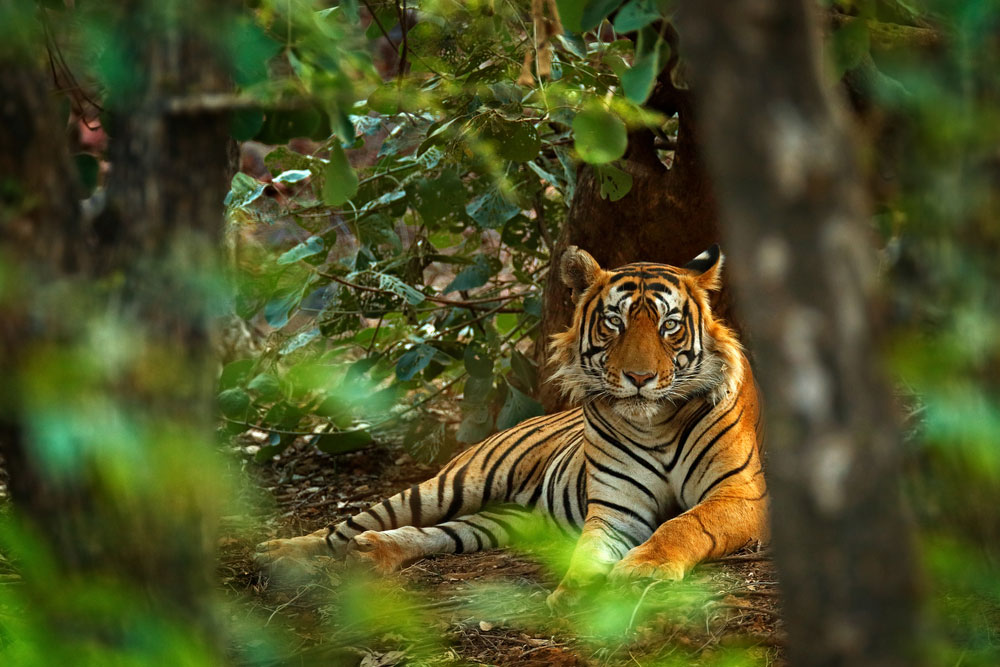Global populations of amphibians, birds, fish, mammals and reptiles have fallen by an average 60 per cent over the past 40 years, the World Wide Fund for Nature said in a report linking the alarming decline in biodiversity to human interventions.
The most significant population decline of vertebrates have occurred in tropical rainforests, rivers, lakes and wetlands across the world, according to the Living Planet Report 2018 released by the WWF on Tuesday.
The report said over exploitation of resources and agriculture could account for 75 per cent of global species loss since 1500 AD. “Shrinking wildlife numbers are an indicator of the tremendous impact and pressure that we are exerting on the planet,” Marco Lambertini WWF International director general said in a media statement.
The report has also estimated that increased demand for land, water and energy over the past 50 years has increased humankind’s global ecological footprint – a measure of consumption of natural resources — by over 190 per cent.
For the new assessment, the WWF used the Global Living Planet Index that tracks the population abundance of thousands of vertebrates from around the world to measure changes in biodiversity.
The analysis has found average abundance of 16,704 populations representing 4,005 species monitored across the globe declined by about 60 per cent between 1970 and 2014.
The population decline of the species is most pronounced in the tropics with South and Central America and the Caribbean suffering “the most dramatic decline with an 89 per cent loss compared to 1970. Habitat degradation and loss is consistently the most reported threat in all regions.
The report shows India’s ecological footprint per person is less than 1.75 global hectares per person, the lowest among countries and much smaller than some countries in Europe or North America with values higher than 7 global hectares per person.
It has cited a 2012 study that found that in 46 countries in the tropics and subtropics, large-scale commercial agriculture and subsistence agriculture were responsible for 40 per cent and 33 per cent of forest conversion between 2000 and 2010. The other deforestation was attributed to urban growth.
The report has pointed out that an international biodiversity assessment earlier this year had noted that only a quarter of land on Earth is substantively free of human activities. By 2050, this fraction is projected to decline to just a tenth.
A senior ecologist who requested not to be named said habitat loss is bound to be associated with decline in biodiversity. “But some conservation efforts are working everyone may not agree, but India’s Project Tiger is one example.”
Tiger counts in India have increased from 1,411 in 2006 to 1,706 in 2010 and 2,226 in 2014, but wildlife scientists caution that habitat fragmentation remains a threat.










